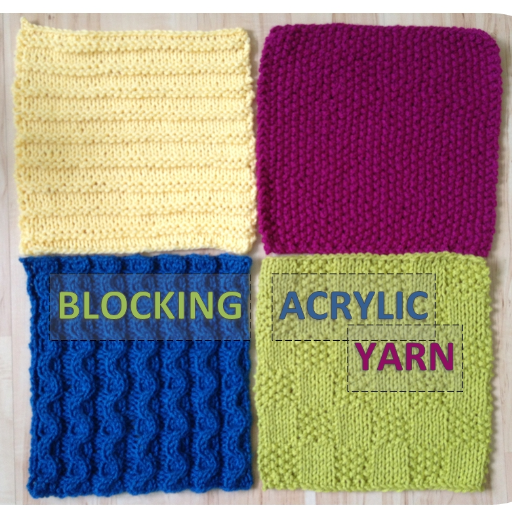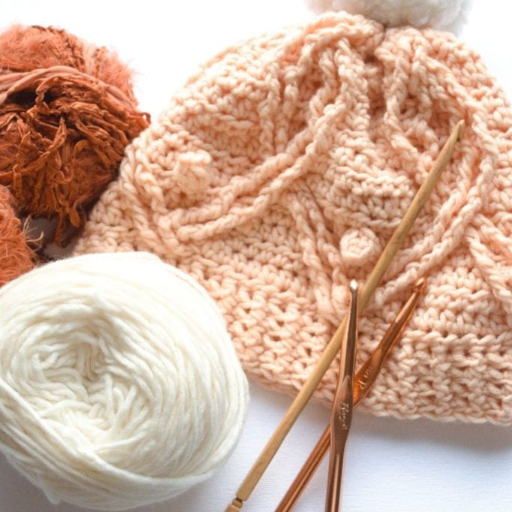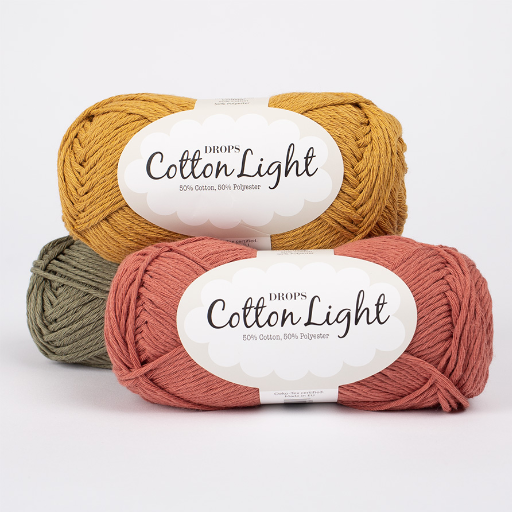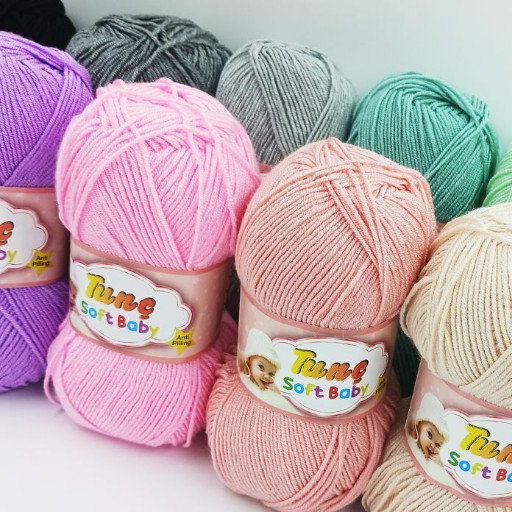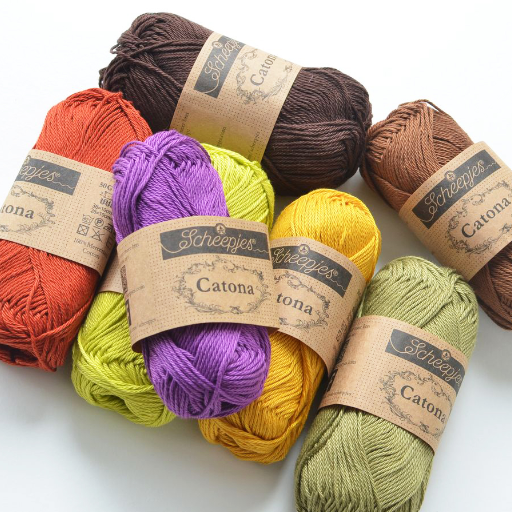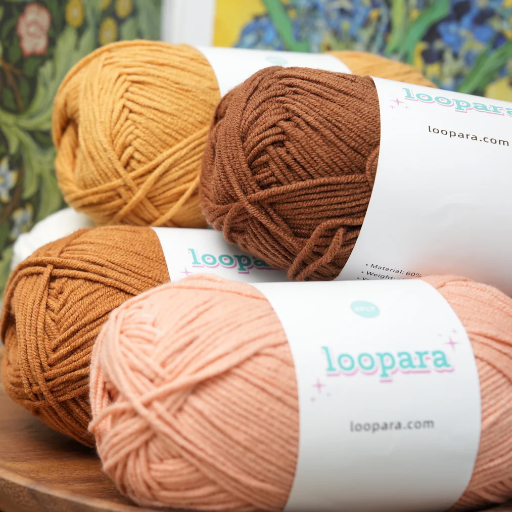It is paramount to know how to differentiate between polyester and cotton, at least when you are hoping to pick the most appropriate fabric for clothing or even upholstery, and in many more textiles. Without a doubt, these two elements have got characteristics, benefits, and limitations that make one more favourable or unfavourable over the other in specific areas. While polyester is sturdy and doesn’t crease much, cotton is soft, is a natural material, and breathable. Polyester wins in durability, whereas cotton wins in softness. This write-up provides such a comparison of the two materials that it will bring the differences between polyester and cotton to the fore, and it will also offer the reader help on how to make use of these differences, according to different needs. Even if you are looking for information regarding how these two fabrics perform, how much the fabrics cost, and how efficient they are in terms of environmental impact and maintainability, this guide will have you covered!
Introduction to Polyester and Cotton Fabrics
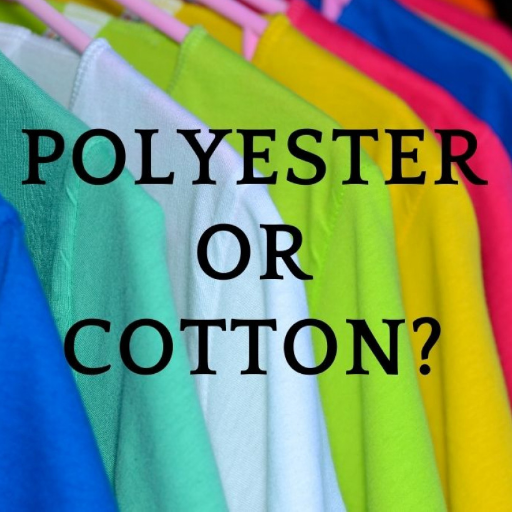
Among numerous materials in the textile industry, two fibers stand out in utilizing their significant properties – polyester and cotton. Polyester, being a plastic which can often be derived from oil/many essential products, owns qualities such as strength, non-folding, quick drying, and so forth. This is why many prefer this fabric for production of outer wear and sports wear – because its stretch and moisture build-up are not natural for such type of clothes. Cotton is a fibrous material that is formed inside a cotton plant from its seeds. The material is fluffy and allows the skin to breathe easily, therefore perfect for casual clothes like t-shirts, pajamas, sheets, among other textiles. Polyester is easier to look after, as well as avoiding damage; however, the preferred fabric is cotton, because it is not uncomfortable and gentle on the body. Therefore, two such factors of significance to outline the importance of fibre understanding when choosing a fabric over another, depending on this performance level.
What is Polyester?
Polyester is a manufactured fiber, chemically composed of polyester polymers. It is created by synthesizing ethylene glycol and terephthalic acid. Polyester possesses certain properties which enable it to resist wear and tear from age, enhance stretching & shrinking, dry faster, and is used in industry, clothing, and furniture, among other uses. Another development is that cold bottle-based polyethylene terephthalate PET reprocesses into polyester boring processes and applications as a manufacturing material. Furthermore, polyester’s water-repelling features enable it to withstand moisture, thus retaining its shape and functionality in synthesis carried out even during extreme activities. Such features and their application have also majorly contributed to making polyester one of the main engineering and fabric-making polymers today.
What is Cotton?
Cotton is a naturally occurring fiber that can be seen inside a flower even before it blooms, mostly within species of the genus Gossypium and family Malvaceae. This fiber usually has cellulose as its main mineral component and is attributed to being both biodegradable and derived from the cultivation of plants. It is a key material within the economic landscape of textiles due to its ability to yield fabrics that are strong, comfortable, and effective. It is also cultivated in a variety of climatic and geographical conditions; the leading countries for cotton production are the United States of America, India, and China. With the improvement of modern agricultural techniques, there has been an increase in productivity and resistance to pests whereas newer techniques in textile processing have increased the end uses of the material, from regular wear to sports wear and technical wear. Cotton, due to its high degree of moisture wicking, is ideal for clothing as it offers maximum comfort to the wearer and is great for warm temperatures as well as itchy skin.
Characteristics of Polyester Fabric
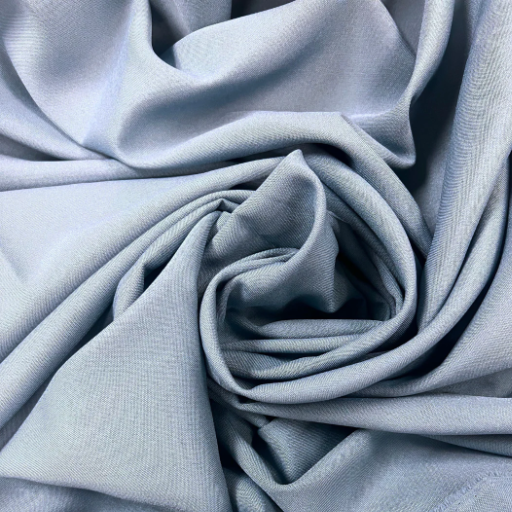
- Durability
One of the reasons polyester is highly appreciated is because of its inherent tensile strength, which allows the fabric to stretch or expand naturally without getting damaged. Its tensile strength ranges from 2.5 to 9.5 grams per denier, depending on the type of polymer used.
- Moisture Resistance
One disadvantage of cotton is that it’s hydrophilic; it adsorbs water as opposed to being repelled by it, like in the case of polyester. Such an attribute also gives it the gems of fast drying, resistance to fungi, and a perfect use for sporty and outdoor apparel.
- Wrinkle Resistance
The synthetic polyester component also helps give it great shape and not easily get battered like other natural fabrics, most of which have to undergo specific care or ironing, as is the case with most polyester. As opposed to natural fibers such as silk, linen, and so forth, iron is not required in order for the clothes to maintain their shape.
- Thermal Properties
On the other hand, the latter is a Thermoplastic Material, has a melting point of approximately 482–489°F (250–254°C), and can sustain undeformed alive and healthy whilst in harsh situations. This enables it to be useful in the making of performance clothing and industrial solutions.
- Lightweight and Versatile
Despite their lightweight, polyester fibers are also strong, thus they can be used in making fabrics in a number of thicknesses and weaves. This feature makes it possible to apply thinner inter-lining materials, use lace-fabrics and other lightweight materials as well as to apply fairly heavy inter-lining that may otherwise cause excessive tensile strain on the outer fabric.
- Chemical Resistance
Most chemicals, including strong acids and strong alkalis, do not affect polyester, which is an advantage in cases of harsh chemical environments or when cleaning with detergents.
Durability and Strength
The Polyester fabric is well known for its strength and toughness, two properties which are very important under a wide range of demanding circumstances. The material is characterised by its resistance to interpretation as high as the narrow limit where its deformation error or bursting value is reached. The reason why polyester is well-suited for use in areas such as industrial belts and geotextile applications, as well as in the making of daily wear such as apparel and upholstery, is that it forgives no such abrasion of anything. Furthermore, indeed, ones where the rate of wear and tear in buildings is projected to be minimized, perishable outcomes are lasting materials. In contrast to natural fibers, polyester does not easily elongate and contract, and remains physically effective even under variations in temperature and humidity. Several other benefits are beginning to increase the use of materials, especially polyester, in these environments. These benefits elaborate on the high esteem of this material, as for both commercial and industrial purposes, it is a highly effective material.
Moisture Resistance
The appreciation of Polyester is high due to its resistance to wetting and swelling, and as such it is known to be a naturally hydrophobic material. This is the element that provides the water repellent and prevents water-logs, thus lessening the chances of the appearance of either molds or mildew. The Solid shape of polyester fiber was created to reject moisture, and design-wise, dryline polymer is most commonly applied in clothes used under diverse weather conditions, or outdoor gear, and even areas requiring waterproof applications. There have been some new treatments introduced in the last decade, such as some special constituents and modifications that give the surface the required properties as well as the ability of the reins which resist damp water, suitable for – for instance, marine, aerospace, and similar other top performance industries. Figures show polyester has minimal water regain, ranging between 1% to 1.9% which justifies the relevance of its application and where there is concomitant control of moisture levels.
Care and Maintenance
Proper handling and use of objects made of polyester materials promise increasing years in service, performance, and aesthetics. Polyester is inherently durable and easy to clean; however, subjecting it to responsible cleaning enhances its chances for longevity. When washing polyester, take care to use only mild or lukewarm water. Temperatures used should range within 30-40℃, as high settings may degrade the polymer, leading to loss of tensile strength. One should also avoid the use of fabric softeners since they may leave a residue that destroys the fabric’s intrinsic water repellent qualities. For spot cleaning, the use of mild cleansers, instead of harsh chemicals, is always recommended since the latter may disturb the molecular structure of the textile fabric.
Polyesters are wrinkle-free, which means you can use low-energy dryers or air dry as an alternative, well in some cases. In case you have to use an iron, the heat should be lo,w as high temperatures can melt or deform the fabric. There are also polymer advances that improve the durability of these blends to the UV rays; however, garments that receive too much sun should be packed away when not in use to avoid color fading. When these rules are followed, the products retain their functionality and attractiveness in many fields where polyester is still in use.
Characteristics of Cotton

- Moisture Absorption
The absorption of cotton, which is a promotional and widely utilized feature of cotton, is approximately 24-27 times its weight with water; this particular feature is very useful in towels, bathrobes, and other water sport-related textiles.
- Breathability
The structure possessed by cotton as a natural fiber enables it to allow a good amount of air movement as well, and hence, it is perfectly suitable for clothes that will be worn in warm weather. This breathable quality of the fabric serves well in harmonizing the body heat and also avoids perspiration.
- Softness and Comfort
Also, the cotton fibers are gentle and pliant, which accounts for their extensive use in cloth making, bedding, and underwear. This is one of the most taken advantage of it over the easily available and used artificial ones; this is the comfort it provides.
- Durability
Even though it is soft, cotton can resist tensile force, and experiments in the laboratory have demonstrated that it remains intact when stretched to high levels of stress without breaking. And it is about 10-20 % more capable of performance when wet, which is a valuable feature in case of wash cycles.
- Hypoallergenic
The reason why such a fabric is widely used is that it is devoid of all harmful microbial and synthetic agents. This means that it can be easily prescribed in the making of medical-grade products like gauze and dressings.
- Biodegradability
Everyone can bet that since cotton is a natural fiber, it’s not going to be a problem biologically secluding or breaking down like most synthetic materials. This is good, especially with confidence for cotton as an eco-friendly product to an extent, if cultivated and processed sustainably.
Breathability and Comfort
Its unique approach to engineering fibers makes cotton highly breathable, owing to the porous nature of agglomerated fibers, which allows ambient air to stream through the fabric with minimal resistance. This serves to maintain the ease levels that are important, especially in hot and humid conditions, and is very effective for tackling and managing the moisture content of the fabric as air currents keep drying away from the skin and face. Recent evaluations in textile production show that because of the hygroscopic qualities of cotton, which enable it to maintain a stable level of temperature in cotton fibers, it is suggested that garments and bedding made out of cotton are not going to make one as hot. Also, it is imperative from the research that its softness and absence of irritating elements that are usually present in artificial materials lessen the occurrences of skin irritation and improve the user’s benefit levels in wearing the material over time. Totally, these features render cotton as a favorite textile among material consumers since they combine the desire for aesthetics with the need for functionality of the material.
Natural Fiber vs Synthetic Fiber
|
Parameter |
Natural Fiber |
Synthetic Fiber |
|---|---|---|
|
Source |
Derived from plants or animals |
Man-made from petrochemicals |
|
Examples |
Cotton, wool, silk |
Polyester, nylon, acrylic |
|
Breathability |
Highly breathable |
Limited breathability |
|
Moisture Absorption |
High moisture absorption |
Low moisture absorption |
|
Durability |
Strong but less abrasion resistant |
Highly durable and abrasion resistant |
|
Environmental Impact |
Biodegradable and eco-friendly |
Non-biodegradable, contributes to pollution |
|
Heat Resistance |
High heat resistance |
Low heat resistance, can melt |
|
Cost |
Often more expensive |
Generally more affordable |
|
Skin Sensitivity |
Gentle on the skin |
Can sometimes irritate the skin |
|
Maintenance |
Requires specific care |
Easy to clean, low maintenance |
Organic Cotton vs Conventional Cotton
|
Parameter |
Organic Cotton |
Conventional Cotton |
|---|---|---|
|
Pesticides Usage |
Grown without synthetic pesticides |
Heavy use of synthetic pesticides |
|
Fertilizers |
Natural, organic fertilizers used |
Relies on chemical fertilizers |
|
Water Consumption |
Requires less water |
High water-intensive crop |
|
Carbon Footprint |
Lower carbon footprint |
Higher carbon emissions |
|
Biodiversity |
Promotes soil and ecosystem health |
Degrades soil biodiversity |
|
Toxins in Product |
Free from harmful chemicals |
May retain chemical residues |
|
Longevity |
Longer-lasting material |
May wear out faster |
|
Allergen Risk |
Hypoallergenic |
Potentially irritates sensitive skin |
|
Farmer Health Impact |
Safer for farmers |
Risk of chemical exposure |
|
Textile Feel |
Softer texture |
Standard texture |
Difference Between Cotton and Polyester
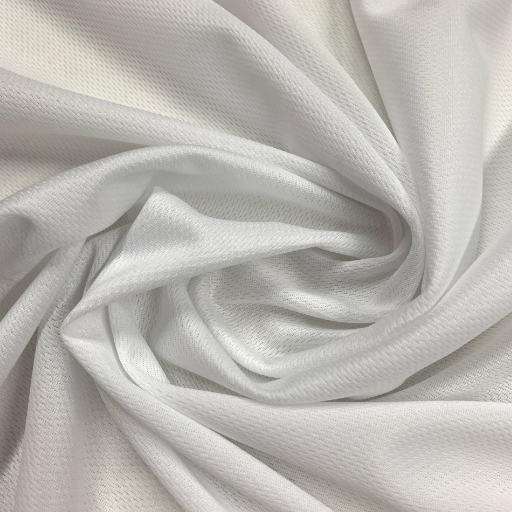
Cotton is obtained from the seeds of the cotton plant, which is a natural fiber, while polyester is produced from simple molecules from crude oil. Cotton is lightweight and very gentle, which is brings out its high applications in indoor areas as well as in some medical uses. In contrast, polyester is long-lasting and has fewer lines after washing and has better wash-and-wear properties, hence preferred for use in sportswear and in other active wear designs. However, cotton beings at the other end of the scale is compostable and generally eco-friendly, whereas polyester has a fossil fuel-based feedstock and longer-term environmental disadvantages because it will take a long time to degrade. The advantages of cotton over polyester include their practicality, which includes physical properties and durability in which the two materials are used.
Compare the Differences: Cotton vs Polyester
|
Parameter |
Cotton |
Polyester |
|---|---|---|
|
Material Origin |
Natural, derived from cotton plants |
Synthetic, made from petrochemicals |
|
Comfort |
Soft, breathable, and skin-friendly |
Less breathable, can feel artificial |
|
Durability |
Less durable, prone to wear and tear |
Highly durable, abrasion-resistant |
|
Moisture Absorption |
Absorbs moisture, dries slower |
Moisture-wicking, dries faster |
|
Environmental Impact |
Biodegradable, eco-friendlier |
Non-biodegradable, eco-impactful |
|
Wrinkle Resistance |
Wrinkles easily, needs ironing |
Wrinkle-resistant, retains shape |
|
Cost |
Relatively expensive |
More affordable |
|
Maintenance |
Requires gentle washing |
Easy to wash and quick to dry |
|
Shrinkage |
Can shrink after washing |
Does not shrink |
|
Use Cases |
Ideal for casual wear, bedding |
Suited for activewear, outdoor gear |
Performance in Various Conditions
More so, dry temperatures and humid environments differ with cotton behavior like absorption because it is a textile that acts on itself instead of materials such as polyester that channel water to the latter in the session, causing inertness and inaction. It is also the case that both natural and polyester materials are considered breathable and moisture-wicking, then use cotton grains at comfortable levels for basic executive clothing. Synthetic fibers, on the other hand, especially polyester, prevail when the user requires the material to dry very fast or for active wear.
In instances of cold, cotton is good at keeping the body heat well preserved; however, it is awful at warming up while wet. On the other hand, polyester fabrics, especially those with more technologically advanced insulating properties, are often warmer to wear than even cotton when the garment is wet. What is more, it protects the body well from the effects of the sun’s rays while at the same time maintaining a certain degree of comfort for extended periods of time, especially while undertaking physical activities.
Cramming in as much information as possible, synthetic textile fibers are notable for their ability to withstand a fair share of wear and tear challenges, for the most part, inflation, even under repeated mechanical impacts such as elongation and abrasion unlike cotton, which tends to show a lot of wear and tear with time or when put through heavy use. This distribution of characteristics in aspects of functionality of each material makes it clear that each material serves controlled fields and that every selection of material should be based on environmental and practical needs.
Cotton vs Polyester: Choosing the Right Fabric
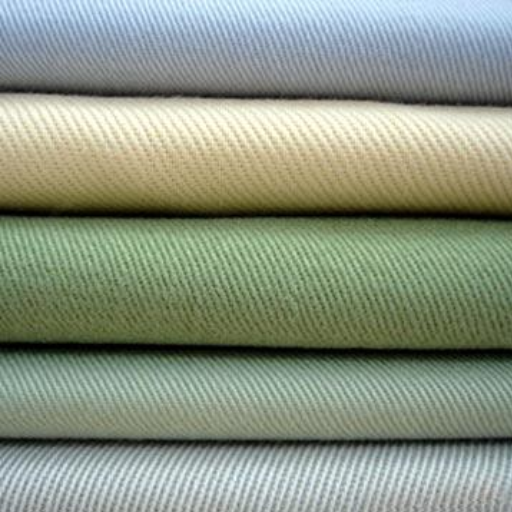
Applications of Polyester Fabric
- Textile and Apparel Industry
Polyester is nowadays widely used to manufacture garments because it does not get wrinkled, dries easily, and retains its shape. It is highly preferred in sportswear, jackets, t-shirts, blouses, and dresses. According to the statistical data, polyester accounts for 52% of the world’s global fiber market, making it the highest globally consumed fiber.
- Home Furnishings
Polyester fibers are perfect for the production of house textiles such as drapes, upholstery, soft furnishings, and carpets due to their high resistance to wear, dyeing, and covering properties associated with this polymer fabric.
- Automotive Industry
In the automotive industry, polyester is utilized in making seat covers, airbags, and the interior materials. With powerful tensile strength and ideal position for application in vehicles, polyester also provides strong resistance against most environmental factors especially heat and moisture.
- Industrial Applications
Conveyor belts, ropes, and even safety belts and harnesses constitute yet other areas where polyester substrates and textiles can be used, thanks to their resistance to numerous chemicals. Furthermore, a blocking cloth is included in cartridges made of the material for bulk liquids and gases, which again presents the material with important industrial advantages.
- Outdoor and Performance Gear
Polyester’s fundamental structure dries rapidly, isolating moisture from the wet fabric. That is why all the effective models of equipment meant for travelling, trekking, and camping, i.e., clothing and footwear, are made from synthetic materials, such as tents, backpacks, car and truck seat covers, sleeping bags, and jackets. The high resistance of the fibre cloth to ultraviolet rays enhances the durability of this equipments in adverse operating conditions.
When to Choose Cotton or Polyester
Reference Sources
-
Comfort Beddings Blog (2025): Cotton is a natural, breathable, and hypoallergenic fabric, making it ideal for sensitive skin. It is lightweight but prone to shrinking and fading over time. Polyester, on the other hand, is synthetic, durable, and resistant to shrinkage and color fading.
-
ResearchGate Article (2021): This study focuses on the valorization of cotton and polyester waste in a circular economy. It highlights methods like enzymatic hydrolysis and fiber regeneration to recycle blended textile waste into value-added products like biofuels and regenerated fibers.
Frequently Asked Questions (FAQs)
Q: What is the difference between polyester vs cotton?
A: The primary difference between polyester and cotton lies in their origins and properties. Cotton is a natural fiber derived from the cotton plant, making it breathable and soft against the skin. In contrast, polyester is a synthetic material made from polyethylene terephthalate, which is a man-made fabric. While cotton is known for its absorbency and comfort, polyester is hydrophobic, meaning it repels water and dries quickly. This makes polyester ideal for sportswear and outdoor gear, whereas cotton is favored for its comfort in casual clothing and bedding.
Q: How does wash cotton compare to polyester?
A: When it comes to washing, cotton and polyester have different care requirements. Cotton is generally machine washable and can withstand high temperatures, making it easy to clean. However, it may shrink if washed improperly. Polyester, on the other hand, is durable and resistant to wear and tear, often requiring less maintenance. It dries quickly and resists wrinkles, making it a practical choice for those who prefer low-maintenance fabrics.
Q: What are the varieties of polyester compared to cotton?
A: There are several varieties of polyester, each with unique characteristics that differentiate them from cotton. For instance, recycled polyester is an eco-friendly option made from post-consumer plastics, while pure polyester offers durability and resistance to stretching. Cotton, on the other hand, comes in various types, including Egyptian cotton, known for its luxurious feel and breathability. While cotton is a natural fabric, polyester is a synthetic fiber that can be blended with cotton to create a hybrid fabric that combines the best of both worlds.
Q: Is polyester or cotton better for sensitive skin?
A: When it comes to sensitive skin, cotton is often regarded as the better choice. Being a natural fiber, cotton is soft against the skin and less likely to cause irritation. This makes cotton clothing a preferred option for those with skin sensitivities. On the other hand, polyester, while durable and versatile, is a synthetic fabric that may not be as breathable as cotton. Some individuals may find polyester garments uncomfortable, especially in hot weather or during physical activities.
Q: Are polyester shirts as breathable as cotton garments?
A: Polyester shirts generally do not offer the same level of breathability as cotton garments. Cotton is known for its ability to allow air circulation, making it a popular choice for warm weather and casual wear. In contrast, polyester is a synthetic fiber that tends to trap heat and moisture, which can lead to discomfort during physical activity. However, advancements in textile technology have led to the creation of moisture-wicking polyester fabrics that enhance breathability, making them suitable for sportswear.








